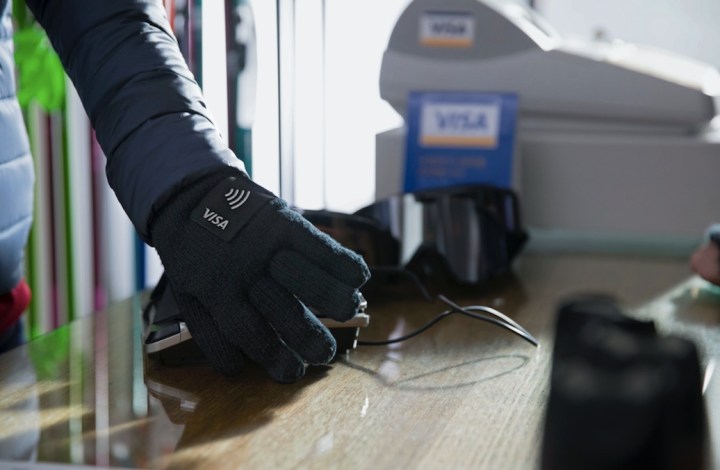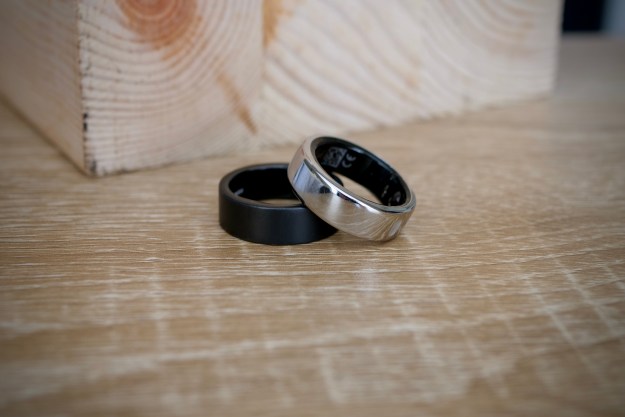
The NFC-enabled items claim to help fans and athletes alike “complete seamless and secure payments with a simple tap at any contactless-enabled terminal.” So even if you don’t have your wallet or don’t want to de-layer just to get it out, you can simply wave your gloved hand over a point of sale to complete a transaction.
“We are looking forward to transforming the payment experience for everyone who attends the upcoming Olympic Winter Games in Pyeongchang,” Iain Jamieson, Korea country manager at Visa, said in a statement. “At Visa, we have been working tirelessly to ensure all of the Olympic venues are equipped with the very latest payment capabilities to provide the best experience possible for all of our clients and guests.”
Created in partnership with South Korea’s Lotte Card, these prepaid payment wearables will be available for purchase beginning Thursday, November 9 (though you have to go to Korea to get them). There’s the Commemorative Olympic Pin, available in four styles and meant to be worn on a lapel (or anywhere else on your person). This guy will set you back about $4.50 and can be loaded with prepaid amounts of either $27 (30,000 won) or $45 (50,000 won). Then, there are the payment-enabled gloves, which contain “a dual interface chip housed with a contactless antenna capable of completing purchases throughout official Olympic Venues and compatible readers globally.” It’s unclear what the pricing on the gloves are, but they can also be loaded with either $27 or $45. Finally, Visa is rolling out a wearable sticker, a micro-tag that can be adhered to just about anything. There are eight designs available, and the sticker offers the most flexibility in terms of loading money — up to $180. Pricing information for the sticker also appears to be unavailable for the time being.
During the Olympics, you will be able to buy any of these three wearables (with more traditional tender) at Olympic Superstores and Visa vending machines.
Editors' Recommendations
- HMD Global wants you to keep your new Nokia phone and save the planet
- Line Pay’s global digital Visa card helps it take on Apple, Google, and Samsung


